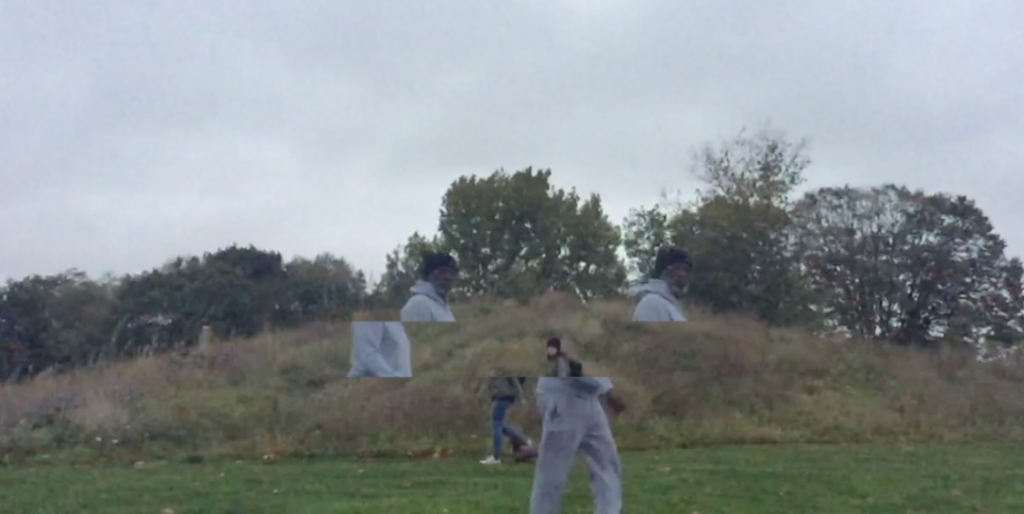https://gavinbrown.biz/uploads/900009/1387659634539/SSH_2011_ArtReview.pdf
Steven Shearer
http://meryn.ru/bunny/spiderbudyy/
http://meryn.ru/bunny/louise/
how is the camera moving faster than she is


The somewhat tautological title, The Final End, implies that this is the final work in the series, an inference subsequently rendered problematic by later works such as THE END #40 2003 (Tate AR00064), produced more than a decade after this one.
The canvas was prepared by masking off the thin vertical lines before the grey acrylic paint was applied using a spray gun. The letters were delineated with the use of stencils and masking tape while the paint used for the grasses was dripped onto the canvas. A layer of gloss was applied after the all the masking was removed.
The Final End demonstrates Ruscha’s interest in the histories of visual culture and graphic design, and in excavating the linguistic and visual tropes that characterise popular culture. As the artist has explained: ‘I have always operated on a kind of waste-retrieval method … I retrieve and renew things that have been forgotten or wasted.’ (Schwartz 2004, p.251.) The melancholic imagery in this painting – from the mournful title phrase to the sombre colours and gothic lettering – thus could be related to Ruscha’s interest in forgotten material. Even the reeds and rushes call to mind the vegetation that often consumes ancient ruins, adding to a sense of erasure and loss.” – Tate Modern


